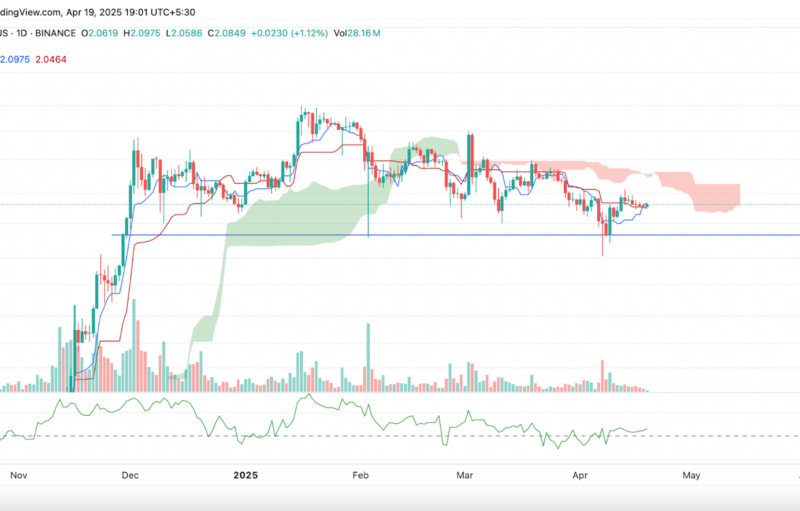
The world of cryptocurrencies has been dictated to be a decentralized world. However, with the community wanting to extend the use case of crypto to a global level, a certain level of centralization is ought to set in. However, ETC Developer Donald McIntyre introduced the community to a principle of permissionless fallacy, an idea that is perceived as one because the “blockchains are permissionless, that means anything can be done, even if it undermines permissionless.”
While speaking at a recent ETC summit, McIntyre said,
“Of course, that must be wrong because if it were true, ETC would cease to exist.”
He expanded on the subject by stating that like free markets, money, property, and agreements require strong underlying systems, permissionless-ness that is protected by the ecosystem. He said that correct argument here is,
“…because blockchains are permissionless, anything that undermines permissionless-ness must be stopped.”
The developer also claimed that there is toxicity in a system that seeks to dissolve top-down leadership and governance in order to uphold etiquette and diplomacy, calling it a “security hole.” McIntyre defined toxicity as a function of free speech, the level playing field the Internet creates, and the absence of top-down governance. He claimed that an absence of top-down governance is the only way of protecting blockchain integrity and the only way to do so is to have symmetry between the players with capital, developers, and intellectual power relative to regular people.
Furthermore, McIntyre claimed that as Ethereum moves to Ethereum 2.0, ETC will become the only trust minimized, permissionless, immutable proof-of-work [PoW] smart contract in the world. Adding to this hope, the developer noted that the format was layering, and systematic risks that will eventually shape the future of the blockchain industry.
“The format war will narrow the large amount of blockchains in existence today to a very few in the future. Layering will divide the industry between security versus performance, where secure proof of work systems will be the base layer or L1 and scalable proof of stake systems will be layer two. Systemic risks mean that even if highly secure, all blockchains, including Bitcoin still have some IT operational social layer and thus generalized systemic risks.”
He continued by claiming that since users will try to diversify these risks, the Bitcoin maximalist view might be incorrect. McIntyre predicted that there will be three or four blockchains at the base layer and all systems will operate on that.
The post appeared first on AMBCrypto






